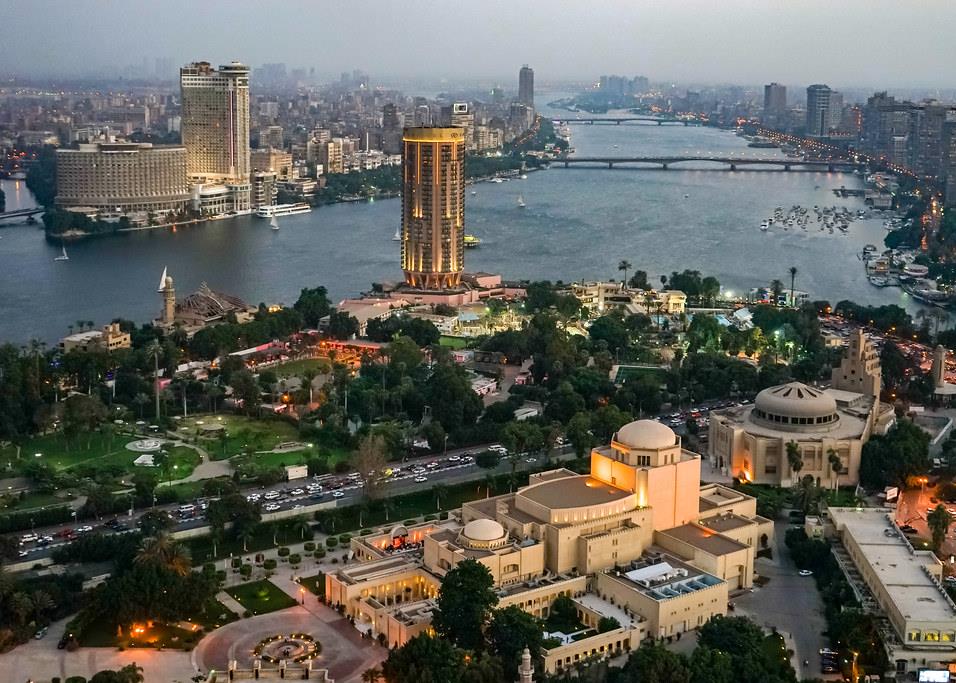
The growth of Middle Eastern countries' indebtedness slowed last year and there are encouraging signs that the region is starting to attract more private capital as the flow of funds from official lenders and donors gets thinner, according to the World Bank.
The total outstanding debt of regional states, excluding Israel and Sudan, rose by 4 per cent in 1995 to $217,000 million, compared to a 7 per cent rise in 1994. Most of this debt - 70 per cent if Saudi Arabia is excluded - is owed to official creditors.
Major borrowers like Egypt, Iran and Morocco saw little increase in external indebtedness during 1995. the World Bank said in its annual debt survey of developing countries 'By contrast. Lebanon, Saudi Arabia and Tunisia registered increases in debt outstanding of more than 10 per cent thanks tc bond issues and an upsurge in comnmercial bank flows, notably for Saudi Arabia.' The report welcomed signs that private cap ital flows are increasing across the region.
Lebanon, Tunisia, Saudi Arabia and Jordan all came to the bond market in 1995 and the total value of bond issues rose sharply over the year to $1,250 million from $678 million in 1994.
This is significant because transfers of funds from official sources have shrunk relative to private money as a proportion of aggregate resource flows in the last five years. Private capital flows were $6,800 million from aggregate resource flows of $13,000 million in 1995, compared to $2,500 million from $9,900 million in 1990. In the Middle East, the fall in official capital flows is partly due to aid cutbacks by Gulf states, but there is a worldwide trend for rich donor states to cut back aid and concessional lending.
The nature of private capital flow has changed: in 1990 it mostly took the form of foreign direct investment, while now it is largely private debt. Currently most direct investment goes to Morocco and Egypt portfolio equity investments remain small, though investment funds are starting to show an interest in the region. But the report noted that 'the delicate political balance in much of the region continues to limit investment.' The growth of private capital flows - mostly to Algeria, Iran and Saudi Arabia and to a lesser extent Morocco and Egypt - is reflected in the 58 per cent increase in aggregate net transfers to the Middle East to $4,900 million.
The region's ratio of debt service obligations to exports improved to an estimated 13.7 per cent in 1995 from 15.4 per cent the year before. Debt restructuring and rising export earnings helped Algeria cut its ratio to an estimated 42.5 per cent from 55.3 per cent in 1994. This was still the highest in the region.
the report said, and was in sharp contrast to Egypt's ratio of 19 per cent and Iran's of 17.8 per cent.
You might also like...

Red Sea Global awards Marina hotel infrastructure
18 April 2024

Aramco allows more time to revise MGS package bids
18 April 2024

Morocco tenders high-speed rail project
18 April 2024
A MEED Subscription...
Subscribe or upgrade your current MEED.com package to support your strategic planning with the MENA region’s best source of business information. Proceed to our online shop below to find out more about the features in each package.





